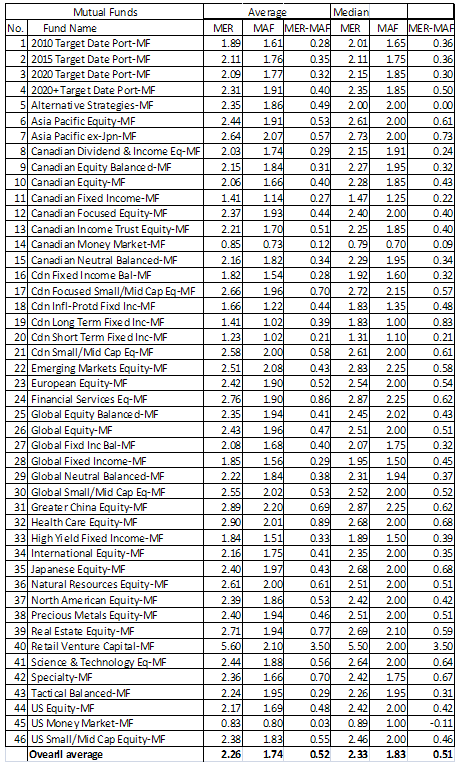Prepare for an Increase in Mutual Fund Expense Ratios
Post on: 25 Июнь, 2015 No Comment

By Jeremy Vohwinkle 5 Comments
Expenses play an important role for almost all investors. If you invest in mutual funds, index funds, or ETFs, youre paying a fee to the investment company. These fees are built into the overall return, so they arent always readily apparent, but they do affect your return. The higher the fee, the greater the drag on your return, and the less money youll make over time.
So, with many experts suggesting mutual fund expenses will soon be on the rise, it can be a cause for concern for investors. For the past few years, the general trend was a steady decrease in fund expenses. Expense ratios peaked in 2003 and have steadily declined since then. Unfortunately, the past five years of reduced costs may be coming to an end.
Why Funds May Increase Expenses
Every fund costs money to operate. You have fixed company costs, managers to pay, call centers to staff, and websites to maintain. In order to pay for everything involved with running an investment company, you need to generate income. So, funds charge a fee based on a percentage. Some funds charge only a fraction of a percent, while others may charge well over 1% per year.
As money flows into these funds. the amount of revenue increases, and since many expenses are fixed costs that dont necessarily increase with assets under management, the fund company can trim their expense ratios and still generate enough income. Since 2003, that is exactly what has happened. Money has flooded into investments, particularly stock funds, so investment companies were able to continue cutting expenses. Unfortunately, this year has been different. With most stock funds losing 40% or more, and even more people fleeing stock funds for safer investments, these companies are now faced with the possibility of coming up short in income generated from the fees.
When companies struggle to generate enough income, they may have no other choice but to begin increasing their expense ratios. It will likely first affect smaller companies with fewer assets that dont have the flexibility to weather these difficult economic times, but many experts believe it will begin to affect even the largest firms.
How Much of an Increase Can You Expect?
Estimates differ, but for most stock funds, youre probably looking at anywhere between a 0.05 and 0.2% increase. Bond funds may also see an increase, but more than likely, they will be negligible. A 0.1% increase doesnt sound like a lot, and it is a pretty small number. But when you consider the fact that this economic downturn probably wont quickly turn around, these small increases may occur on a regular basis for the next few years, which could add up to a relatively large increase.
What Should an Investor Do?
In the grand scheme of things, there isnt much you can do, but you do need to pay attention to whats going on with your investments. If a fund is going to increase fees, whether you like it or not, its probably going to happen. This doesnt mean that if one of your funds is announcing an increase that you should immediately go somewhere else, but you do want to make sure youre minimizing fees everywhere you can. This is why its important to start off by investing in low-fee funds right from the start, so that fee increases like this wont have as much of an impact on your bottom line.
One area that this may impact is in retirement plans such as 401(k)s. As plan administrators review their plans investment options, changes in fees from one firm to another may lead to a fund lineup change in your plan. Or even worse, your plan administrator may be oblivious to fees completely, and your offerings may get hit harder by these increases. In cases like this, youd want to bring it to their attention in an attempt to obtain better fund choices within your plan.
3A%2F%2F0.gravatar.com%2Favatar%2Fad516503a11cd5ca435acc9bb6523536%3Fs%3D80&r=R /%
My name is Jeremy Vohwinkle, and I’ve spent a number of years working in the finance industry providing financial advice to regular investors and those participating in employer-sponsored retirement plans.














